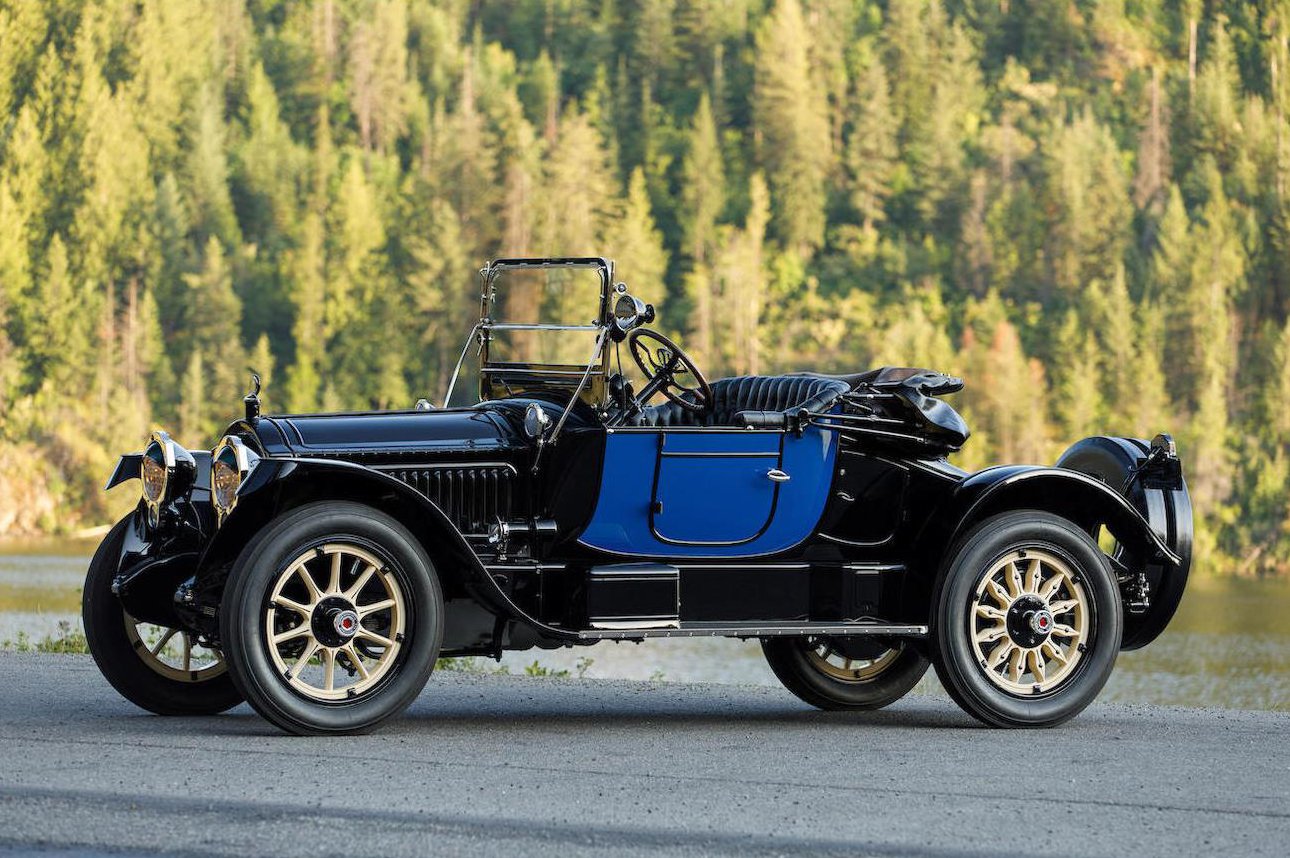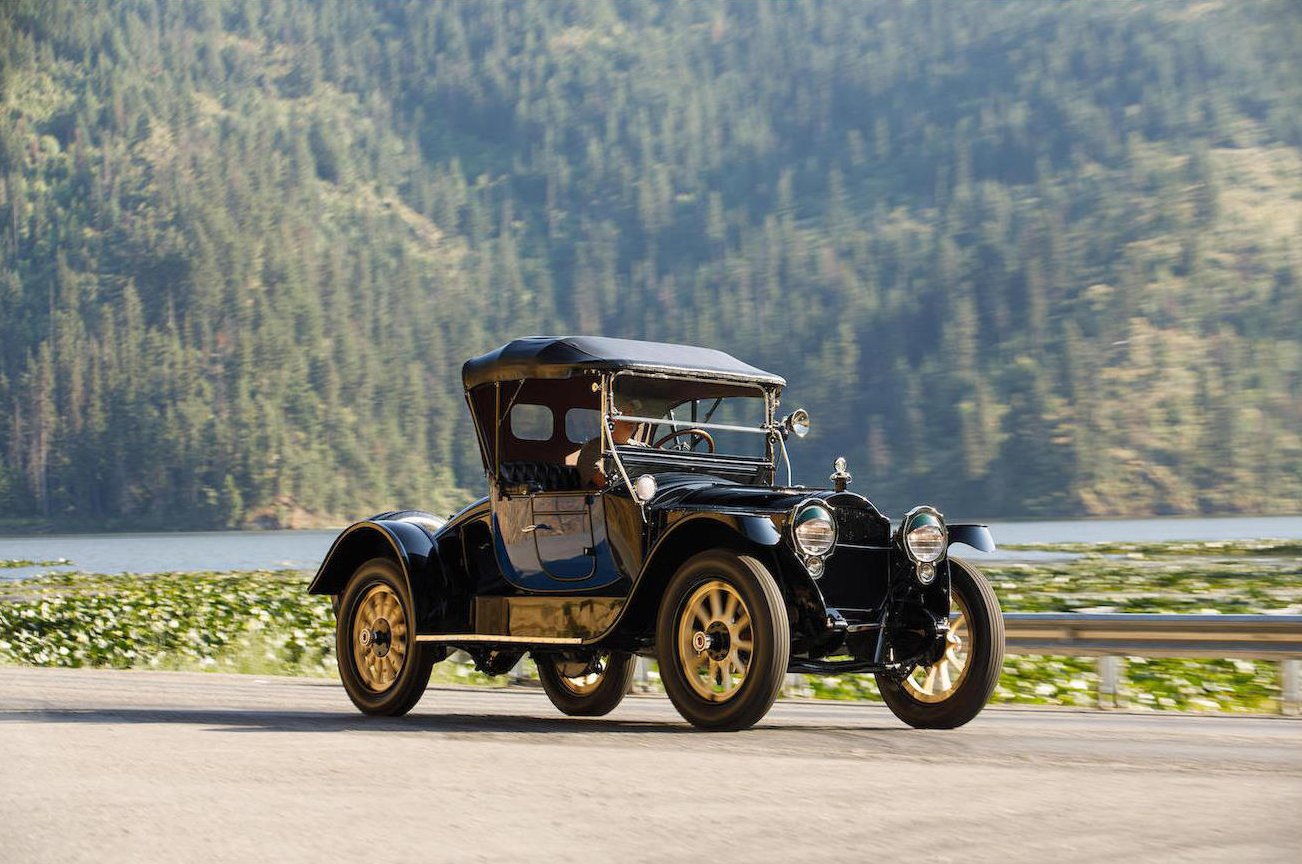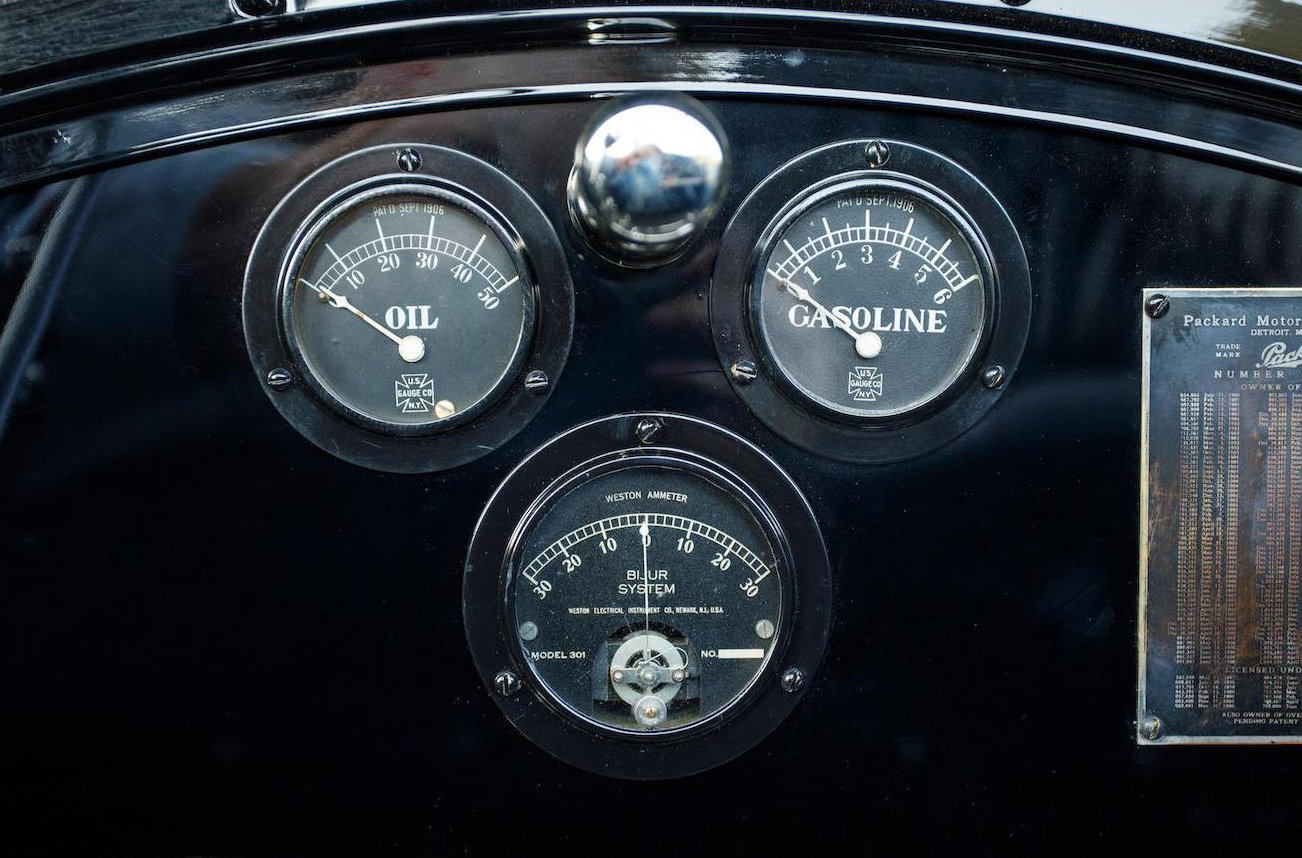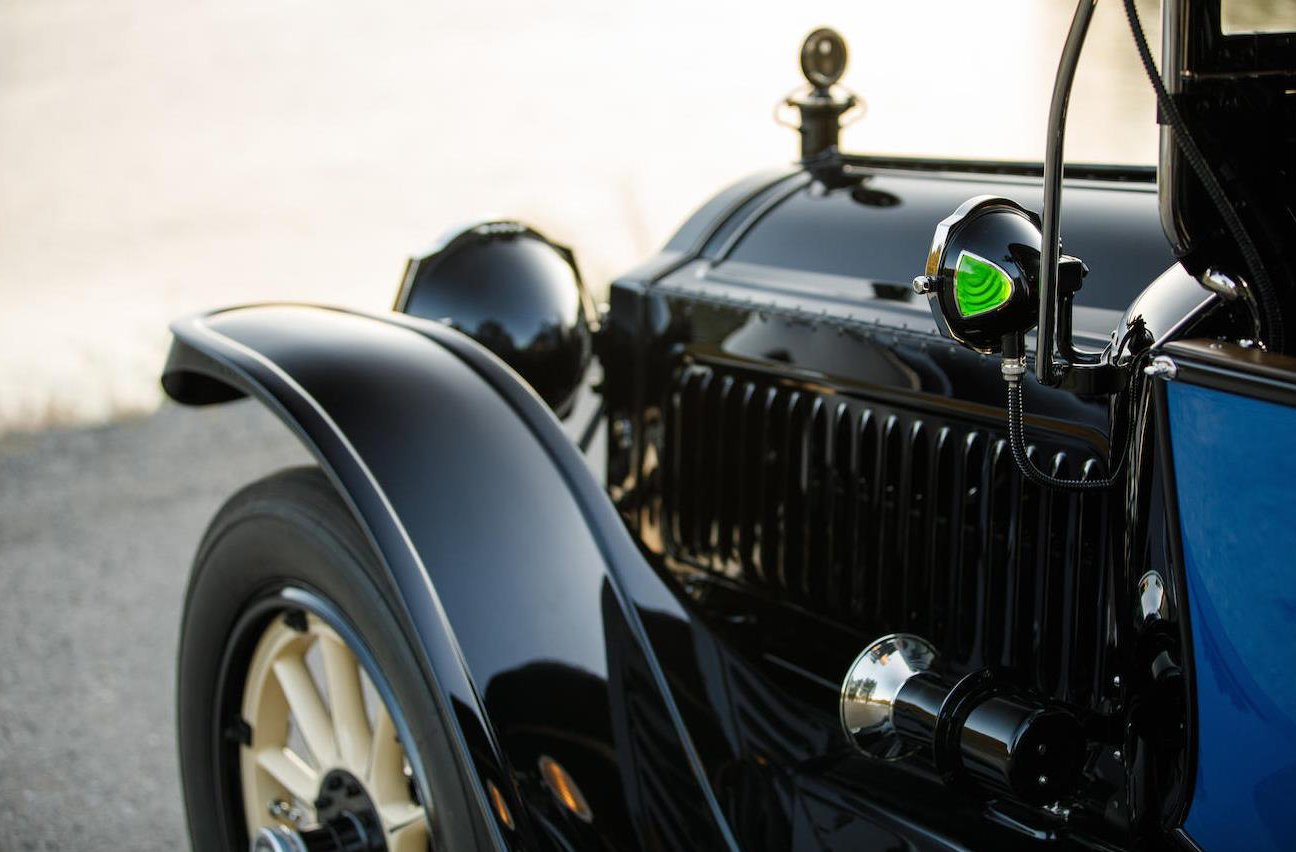1916 Packard 1-25 Twin Six Runabout






First production V12 automobile engine
Engine weighed less than previous six-cylinder engine
Near silent operation
The dream of brothers James and William Packard and George Weiss, Packard was founded in 1899, Warren, Ohio. Priced to compete with the Mercedes-Benz and Rolls Royces of the time, Packard placed an emphasis on attention to detail and luxury. . The greatest piece of machinery that ever went upon the highways,” proclaimed Henry B. Joy, Packard president in 1915, on the recent release of his company’s new engineering marvel, the Twin Six.
James Gurney Vincent however, wanted to create the perfect automobile engine and thus the first V12 engine was born. “The only approach I can make to it is that the twelve cylinders give such a near approximation to uninterrupted impulse, that there is no sense of any mechanical effort” one journalist at the time was quoted saying. Vincent, chose the 12-cylinder configuration for its unmatched smoothness. Luxury meant smooth power delivery and the V12 layout, inspired from WWI technology ensured low vibration and sound, further cocooning well off passengers from harsh outside sounds.
Aluminum pistons, another product of WWI technology, reduced moving mass. The two blocks, each of six cylinders, were cast as a unit at the heads resulting in a compact new engine weighing 400 pounds less than the previous Six. A larger alloy variant of the aviation engine, internally called the 905, was built to produce 200hp from 904.8-cu.in. and is better known today as the “Liberty”. Installed in a Twin Six chassis in 1916, the 14.8-liter 905 took Vincent and others to over 100 MPH in testing at Indianapolis. The same engine powering Allied planes and tanks! Eventually, Enzo Ferrari himself, would be inspired by the Twin Six to create his own 60-degree V12.
A notable testimonial in the form of a letter to Illustrated London News was reprinted in The Packard: “For twenty years the Packard car has held the reputation of being in America what the Rolls-Royce is in England. Demand was high, creating a necessary increase in workforce by 50% and a $1.5 expansion to the factory to keep up, surprising considering the $2600 starting price (almost 40K in today’s money).
With details so fine, wealthy resident of Detroit Henry Bourne Joy received his and was so pleased with the end results he rallied investors together to move Packard to his hometown. The bezels of the big electric headlamps echoed the lines of the famous grille and incorporated auxiliary lamps for city driving. Innovation present with the introduction of the modern steering wheel as we know it. Tasteful bright work, intentionally placed complemented by leather seating add class to its look. Nine body styles were on offer including Touring, Phaeton and Coupe
Hang on to your checkbook though, the Packard Club estimates that of the 3,606 examples built on the 125-inch chassis, only 20 exist today, with one of only 4 Runabouts, such as this. One sold at the 2018 Quail for a shade under $400k.
Specifications:
Engine: 424 ci T-Head V12
Horsepower: 88bhp at 2,600rpm
Transmission: 3-Speed Manual
Suspension: Solid Front Axle – Semi-Floating Rear Axle
Brakes: 2-Wheel Mechanical Brakes

